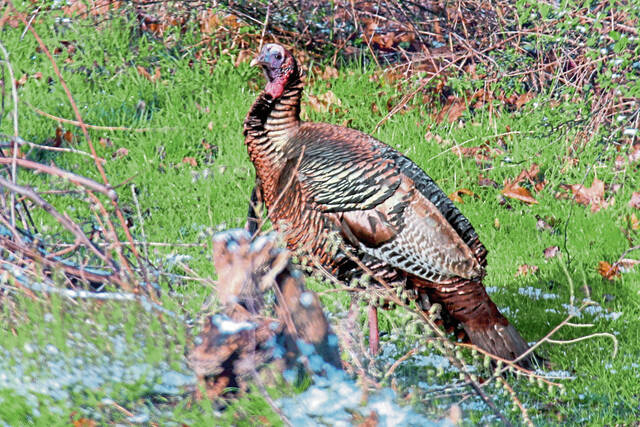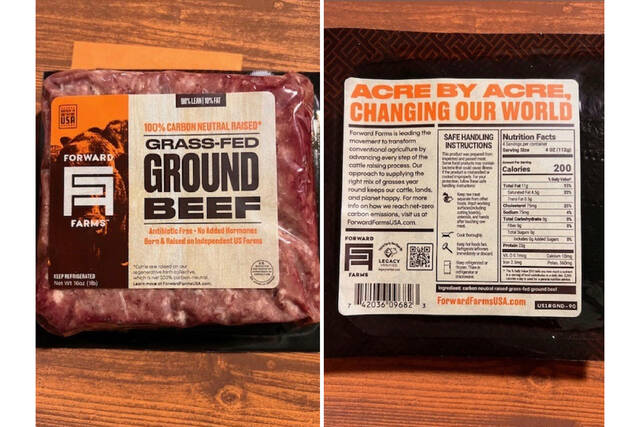Hunters should find the largest wild turkey population they’ve seen at any point in the past few years when they head out into the Pennsylvania forests for the upcoming spring gobbler hunting seasons, according to Pennsylvania Game Commission turkey biologist Mary Jo Casalena.
Recruitment of new, young turkeys into the population was particularly good, she explained.
Warm, dry weather last spring and, in some spots, lots of 17-year periodical cicadas to eat, boosted the number of newly hatched turkey poults that made it through their first summer.
Casalena noted that survey work revealed 3.1 poults per hen, on average, statewide, “our highest ratio since we began monitoring recruitment.”
That healthy reproduction season was preceded by a smaller than usual spring 2021 harvest and followed by a shorter fall turkey season in some areas of the state and the elimination of rifles as a legal weapon in the fall turkey hunting season. All that meant fewer turkeys were removed by hunters.
“That should all translate into a lot of high-spirited jakes on the landscape,” Casalena said. “Hunters should find a larger-than-normal percentage of older, 3-year-old turkeys out there, too. So, there’s certainly reason for optimism again this year.”
A jake is an immature male turkey.
That relative abundance won’t necessarily translate into an easy hunt during the upcoming seasons: a one-day hunt for junior and youth mentored hunters on Saturday, and season for all hunters that runs from April 30 to May 31.
Neither jakes nor older birds typically are as vocal as 2-year-olds, said Casalena, who advised that hunters can raise their odds of tangling with a tom turkey by preparing before opening day.
She recommends scouting, looking either for actual birds, turkey signs such as droppings, feathers, scratchings and tracks, or at least places where turkeys might be, such as openings close to and easily accessible from roosting areas where gobblers prefer to strut.
All the while, back home, practice calling.
“The most important call is the hen yelp,” Casalena said. “The hunter wants to imitate a hen to attract the gobbler to come within range. After that it’s a matter of practicing and learning other calls like the different cackles and purrs and understanding when to use each. Friction calls have great sound and pitch, while mouth calls are the most convenient, especially when being still is important.”
None of that guarantees success. About 15 percent of Pennsylvania’s 150,000-plus spring gobbler hunters harvested one gobbler last spring overall. About 18 percent of the near-record 25,210 people who bought a special spring turkey license, or second gobbler tag, took a second one. Those figures are comparable to long-term averages.








